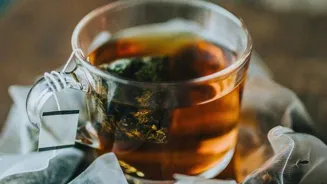Unveiling the Rich Legacy of Indian Tea: From Origins to Evolution. Dive into the captivating saga of India's tea culture
India's love affair with tea is legendary. From the bustling streets of Kolkata
to the serene hills of Darjeeling, chai is more than just a beverage; it's an integral part of the Indian identity.
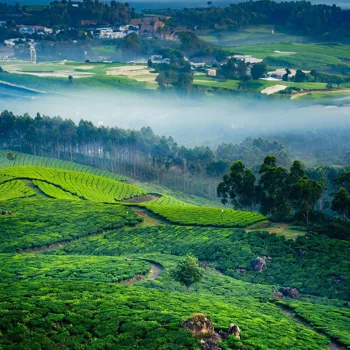
But the story of how tea became so deeply ingrained in our culture is a captivating journey, starting far from Indian soil and eventually blooming into a massive industry that shapes livelihoods and flavors across the nation.
This journey involves audacious British pioneers, hardy Indian labourers and the transformation of landscapes to craft the chai we adore today. The story of tea in India is a tale of ambition, hard work and transformation.
Tea's journey from Nepal to Assam transformed by British for global industry
Before the British East India Company set its sights on establishing tea plantations in India, tea was primarily consumed in regions bordering India, especially in mountainous Nepal. The local tribes had their own methods of using the tea leaves, not always like what we see it used today.
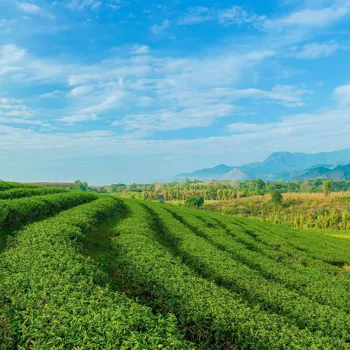
When the British saw China had a lot of money in trade and teas, they set out to plant it in India. They first planted tea in Assam; it was the most suitable place for its growth. At first, things were slow, however, the East India Company figured out how to make the farming better.
Assam tea became a big business, helping them gain more money and power. These early explorations and initial successes formed the bedrock of what would eventually become a thriving global tea industry under British control by taking India as their base.
British East India Company breaks China's tea monopoly by planting tea in India, using locals as workers
The British East India Company was eager to break China’s monopoly on tea. In the 1830s, they brought tea plants into India and chose Assam for test planting because its climate suited the tea well. They made big tea estates, using local people as workers. These farms grew and made a lot of tea.
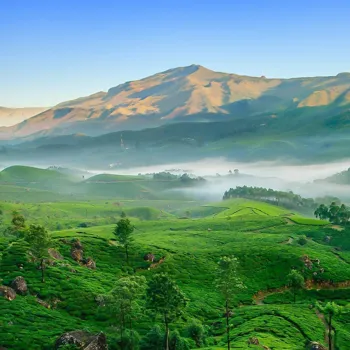
The British established sprawling estates, fundamentally altering the landscape and introducing new agricultural practices. Soon, places like Darjeeling and the Nilgiri Hills also started growing tea.
The journey of Indian tea production had begun, but not without a dark side that had people working in harsh conditions. They started to see the benefits of growing tea.
British faced challenges growing tea in India, exploiting labor for profit
Growing tea in India wasn't easy. The British faced many difficulties, such as dealing with the wilderness and managing the tea farms. They brought in labourers from different parts of India, who often worked long hours in terrible conditions.
The whole tea industry grew a lot, but it was built on a dark foundation. The lives of tea workers became a contentious issue, overshadowed by instances of exploitation. They were given poor living conditions and low wages, leading to widespread discontent.
The history of Indian tea, therefore, is as much a story of colonial ambition as it is of human hardship and resilience, of the quiet determination of the workers who built the industry.
Tea industry growth exploited locals, fueled nationalist movement
As the tea industry grew, so did its organization, but it was marred with issues. Tea companies were set, who were tasked to control the tea farms, promote tea and export products out the country. The British controlled the industry; profiting a lot while the local people were left behind.
They used modern methods to sell the tea and made lots of profits from it in countries like England. The Indian people struggled to gain benefits from their own land to help build their own communities.
The profits generated were directed back to the British empire, further exacerbating the divide between the colonizers and the colonized. This imbalance fueled resentment and ultimately contributed to the nationalist movement.
India's post-independence tea industry growth and reforms
After India became independent, things changed. The tea farms came under Indian control, and the focus shifted to helping the tea workers and growing the industry better. New kinds of tea were created, and tea growing areas were developed.
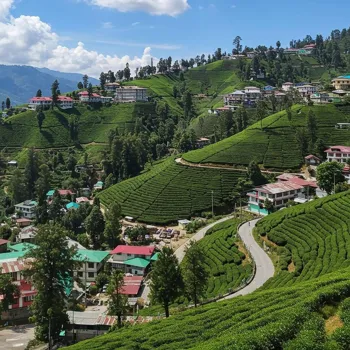
Today, India is one of the biggest tea producers in the world, and Indian tea is famous all around the world for its taste and quality. The government implemented reforms to improve the lives of tea workers, focusing on fair wages, better living conditions, and healthcare access.
Indian entrepreneurs entered the tea industry, bringing new ideas and sustainable practices, while trying to make it less of an exploitive industry.
Indian tea: From British experiment to global symbol, a journey reflecting culture and history
From its early days as a British experiment to its current status as a global powerhouse, Indian tea has come a long way. Chai is now an integral part of Indian life.
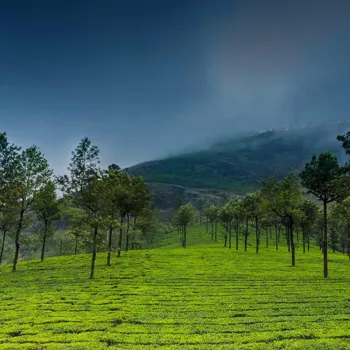
Whether it's the strong, milky chai served by street vendors or the delicate Darjeeling enjoyed in sophisticated drawing rooms, tea is a beverage that brings people together. The story of Indian tea is a reminder of India's history, culture, and the hard work that goes into every cup.
From the plantations to your teacup, it’s a fascinating journey worth pondering over. The history and cultivation of tea highlights the importance of how culture, trade and history helps shape today's world in a positive way.


